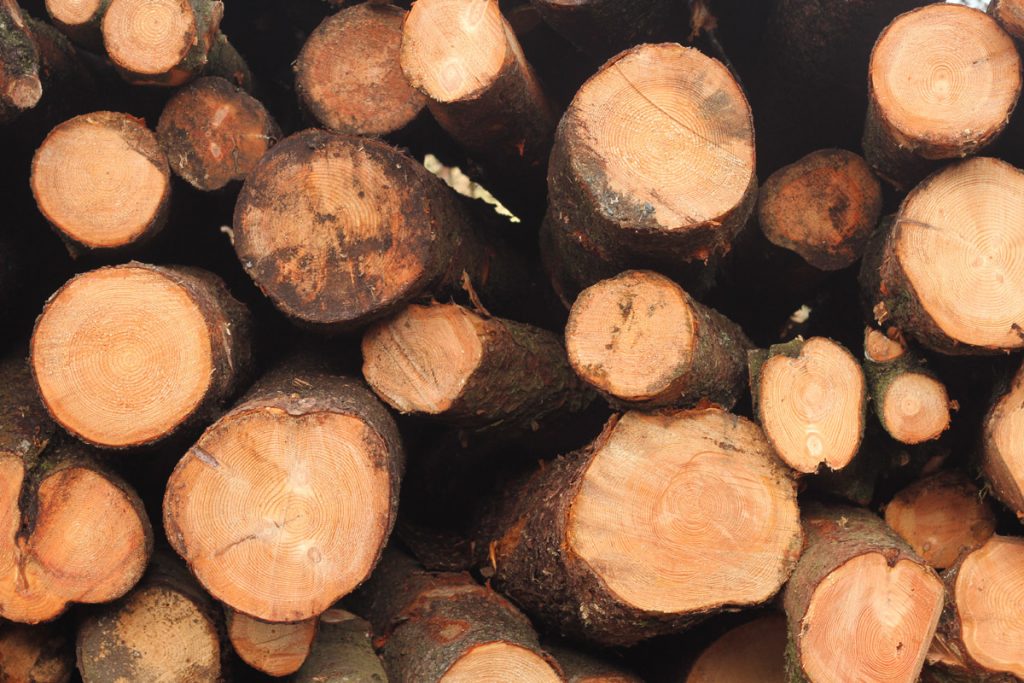How do trees and tree planting fit into a sense of place and stewardship? Shane Finan discusses how art can play a role in this in the second of his CRE guest posts.

Henry David Thoreau saw trees as essential for healthy places: “A village that has them not will not be found to work well. It has a screw loose, an essential part is missing” (Higgins, 2017 quoting; Thoreau, 1906). Thoreau felt the deep loss of the natural environment, and, from extensive observation, saw how the natural environment forms mutual partnerships.
There has been a recent surge in popularity in the idea of tree-planting to ‘re-green our planet’. Botanist and chemist Diana Beresford Kroeger, one of the early advocates of mass tree planting, has recently changed her argument slightly to emphasise the more urgent need to preserve the ancient forests that we have. This follows similar arguments, such as the backlash against a project to plant one trillion trees. Forty-six scientists put their name to a paper arguing that planting alone will not solve the current climate crisis (Veldman et al., 2019), and that unplanned planting, such as introduction of non-native species, lack of fire controls, etc., could be more detrimental than not planting at all.

Photo credit: Shane Finan
A detailed study on rainforest preservation has found that indigenous communities are ideally suited to replanting efforts, and simultaneously finds that deforestation has more negative impact than reforestation has positive (Walker et al., 2020). It concludes that “the outlook for Amazon forests and their continued stewardship by [Indigenous Peoples and Local Communities] is tied to the political and economic future of Brazil” (p. 3023). Indigenous knowledge is shown to hold a value that is beyond quantification or economics: The ecologically conscious practices of the indigenous groups helps the forest to thrive.
Since the beginning of 2020, I have been working with the Kielderhead Wildwood Project in Kielder, Northumberland, in anticipation of an art residency there. The project is a rewilding effort run by Northumberland Wildlife Trust, where members of the community are planting native trees in a large area of north England.
Kielder was described to me by one of the regular volunteer planters as “the remotest place in England”. The village was built to service the local forestry in the 1920s, but over time the forest was mostly cut for its economic value. As a result, the place has lost a large part of its identity. This is something the wildwood project has the potential to restore, and even improve.
Asking local communities to be involved in the creation and maintenance of a forest has benefits. Aside from physically replanting a forest, it creates a sense of responsibility, identity and memory of place that connects the community and that place. Place-attachment is the concept of forming a close cultural, historical or social memory of a place, whereby people value a location and give it an identity that creates a relationship between them and the place. In a recent example from China, the role of place-attachment is seen to be crucial for grass-roots forestry management: “At the policy level, given that place attachment is an important predictor of pro-environmental behaviour towards heritage forests, efforts should be devoted towards the promotion and articulation of the cultural and historical values of heritage forests” (Cheung & Hui, 2018, p. 44).

Photo credit: Shane Finan
By providing value to place, local residents gain a connection through social, historical and cultural memory. Folk music, stories, sculpture, events, artistic interventions, and the process of engaging people in place are all enablers of cultural association, creating a relationship between people and places. Art groups like Transition and Grizedale Arts promote this sense of place and stewardship by encouraging communities to grow, care for and maintain their places.
Art is valuable in its ability to create connections, and even more so in its creation of a different type of value. Returning to Thoreau, he argued that trees should not be cut unless necessary: “Every tree is better alive than dead…and he who understands it aright will rather preserve its life than destroy it”. This type of value in the life of a tree is a value for the whole forest. Artists create this value by showing the individual as the universal.
Stewardship is about what we value, and why. A steward needs to value each organism, not just the number behind it. The value is not in one trillion trees, or in the 39,000 that the wildwood project hopes to plant, but on the single one that connects the forest together. If one person takes stewardship for that one tree, the forest will survive.
Cheung, L. T., & Hui, D. L. (2018). Influence of residents’ place attachment on heritage forest conservation awareness in a peri-urban area of Guangzhou, China. Urban Forestry & Urban Greening, 33, 37-45.
Higgins, R. (2017). Thoreau and the Language of Trees: Univ of California Press.
Thoreau, H. D. (1906). Excursions and poems (Vol. 5): Houghton, Mifflin.
Veldman, J. W., Aleman, J. C., Alvarado, S. T., Anderson, T. M., Archibald, S., Bond, W. J., . . . Zaloumis, N. P. (2019). Comment on “The global tree restoration potential”. Science, 366(6463), eaay7976. doi:10.1126/science.aay7976
Walker, W. S., Gorelik, S. R., Baccini, A., Aragon-Osejo, J. L., Josse, C., Meyer, C., . . . Schwartzman, S. (2020). The role of forest conversion, degradation, and disturbance in the carbon dynamics of Amazon indigenous territories and protected areas. Proceedings of the National Academy of Sciences, 117(6), 3015-3025. doi:10.1073/pnas.1913321117
